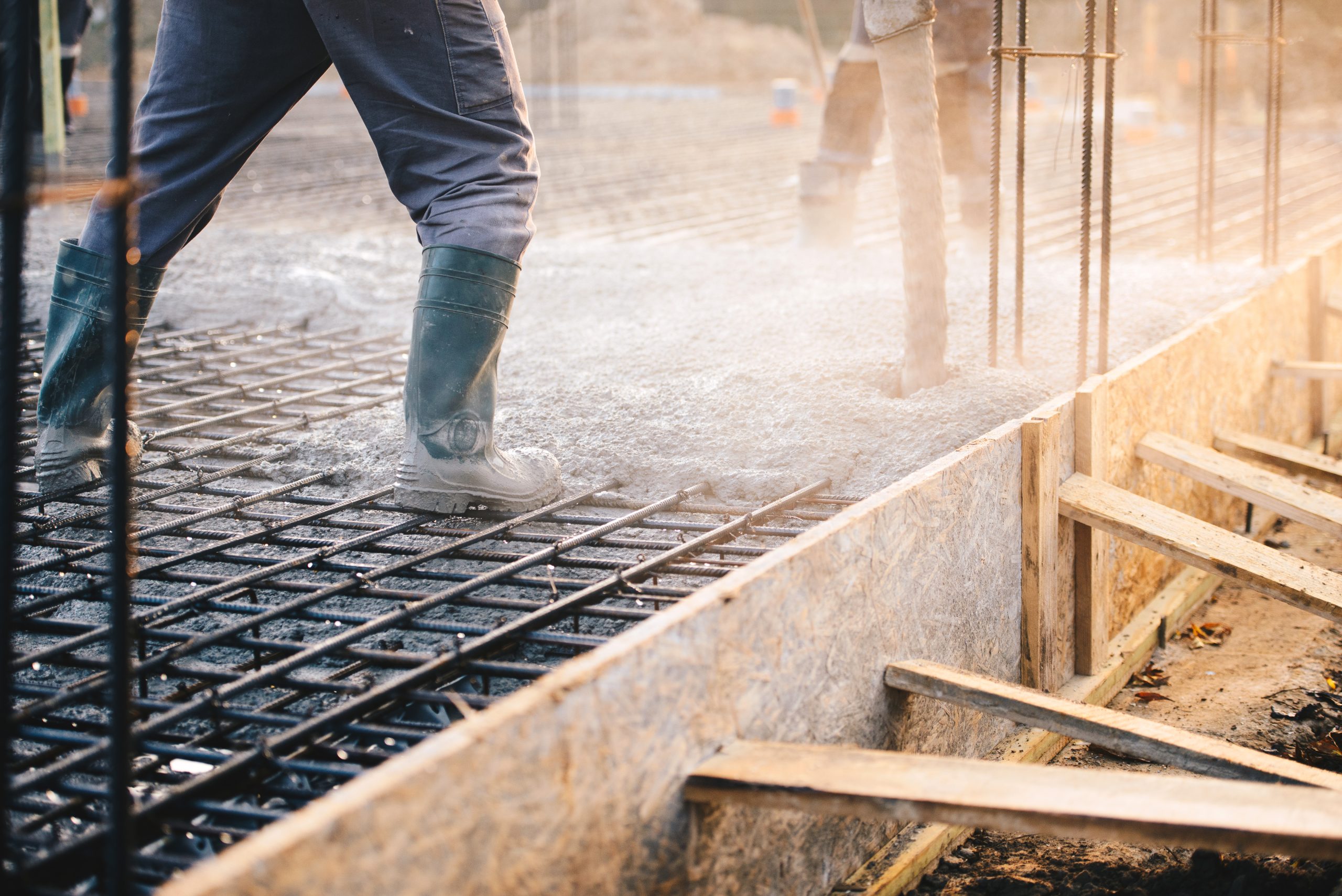Concrete defoamer DF141
product 218
- Solid content12%
- Place of OriginChina
- StandardsEU, USA, CN
- Price$7000/T
Detailed product parameters
Performance Characteristics of Concrete Defoamers
The performance characteristics of concrete defoamers are organized below in a structured and itemized manner:
1. Elimination of Harmful Bubbles
- Mechanism: Reduces bubble surface tension or destabilizes bubble membranes, promoting the rupture of large bubbles and coalescence of small bubbles, thereby reducing unevenly distributed pores in concrete.
- Target: Primarily eliminates mechanically entrained bubbles (not the closed micro-bubbles introduced by air-entraining agents) generated during mixing or construction.
2. Enhanced Density and Strength
- Reduced Porosity: Minimizes residual harmful bubbles (diameter >1mm), optimizing the internal structure of concrete and improving compressive and flexural strength.
- Improved Durability: Reduces interconnected pores, enhancing impermeability, freeze-thaw resistance, and resistance to chemical erosion.
3. Improved Surface Quality
- Reduced Surface Defects: Eliminates surface bubbles, resulting in smoother and denser concrete surfaces, ideal for decorative or exposed architectural concrete.
- Lower Repair Costs: Avoids post-construction repairs caused by bubble-induced defects.
4. Optimized Rheological Properties
- Reduced Bleeding: Suppresses slurry carried upward by rising bubbles, minimizing segregation and improving homogeneity.
- Pumpability: Reduces interference of bubbles with flowability in high-fluidity concrete (e.g., self-compacting concrete).
5. Synergy with Air-Entraining Agents
- Differentiation and Complementarity:
- Air-Entraining Agents: Introduce uniformly distributed, closed micro-bubbles (20–200 μm) to improve freeze-thaw resistance.
- Defoamers: Eliminate harmful large bubbles. The two can be combined to optimize the bubble system.
- Note: Optimal blending ratios must be determined through testing to avoid excessive defoaming that negates the benefits of air-entraining agents.
6. Types and Chemical Properties
- Common Types:
- Silicone-Based: Highly efficient but may affect concrete hydrophilicity.
- Polyether-Based: Stable with good compatibility with other admixtures.
- Mineral Oil-Based: Cost-effective but may leave oily residues affecting surface treatments.
- Eco-Friendliness: Select non-toxic products free of volatile organic compounds (VOCs).
7. Application Scenarios
- High-Strength Concrete: Minimizes bubble-induced strength reduction.
- Precast Elements: Enhances surface smoothness to meet aesthetic requirements.
- Underwater Concrete: Reduces risks of loose structures caused by bubble buoyancy.
8. Usage Considerations
- Precise Dosage: Overdosing may increase viscosity or reduce workability (typical dosage: 0.01%–0.1% of binder weight).
- Timing of Addition: Best added during the late mixing stage to avoid direct contact with air-entraining agents, which may cause inefficacy.
- Environmental Adaptability: Adjust formulations for high-temperature or high-alkali environments that may reduce defoaming efficiency.
RELATED PRODUCTS
Switch more- VIEW
Polycarboxylic acid water reducer for concrete
Low-carbon development environmental protection measures technological innovation initiatives
- VIEW
concrete air entraining agent AE369
Air entrainment agent for concrete
- VIEW
Concrete viscosity modification agent VMA420
Concrete viscosity modifiers improve the workability of concrete
- VIEW
Concrete pulping agent SE5800
The concrete slurry lifting agent improves the fullness of the slurry
loading…
No more to see
 Fan Qi Technology Co., LTD
Fan Qi Technology Co., LTD

